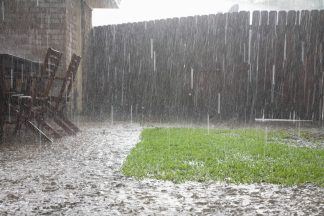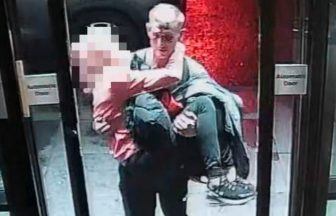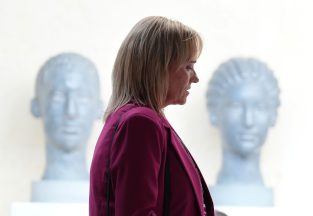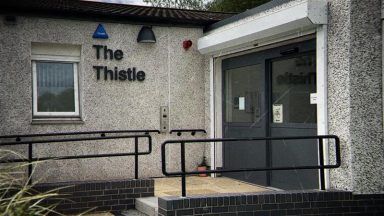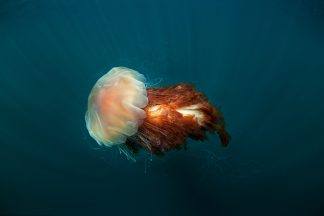The last surviving of four students who famously “liberated” the Stone of Destiny from Westminster Abbey has died aged 97.
Ian Hamilton KC, a prominent lawyer who Nicola Sturgeon described as a “giant” of the Scottish independence movement, famously led the repatriation of the Stone to Scotland on Christmas Eve in 1950.
The Paisley-born student masterminded the plan to steal the Stone of Scone along with three friends from Glasgow University in a bid to promote their cause for Scottish devolution.
Gavin Vernon and Alan Stuart studied engineering and Kay Matheson studied domestic science.
All were members of the Scottish Covenant Association, which advocated for home rule for Scotland.
The plot was funded by a Glasgow businessman, Robert Gray, who was a councillor on the Glasgow Corporation.
What happened?
The group headed to London in two cars days before Christmas.
On Christmas Eve, Mr Hamilton hid behind a statue in the Abbey, before he was caught and turfed out by a night watchman who presumed him to be homeless.
Three of the group later managed to break into the Abbey and seized the stone from under the throne before it crashed to the ground and broke into two.
The pieces were driven separately up north and hidden in the Midlands and Kent. A fortnight later they were retrieved by the students and taken to be repaired by a stonemason.
The disappearance of the stone sparked a nationwide manhunt which saw checkpoints put in place at the Borders.
The students were identified by police following enquiries and were taken in for questioning.
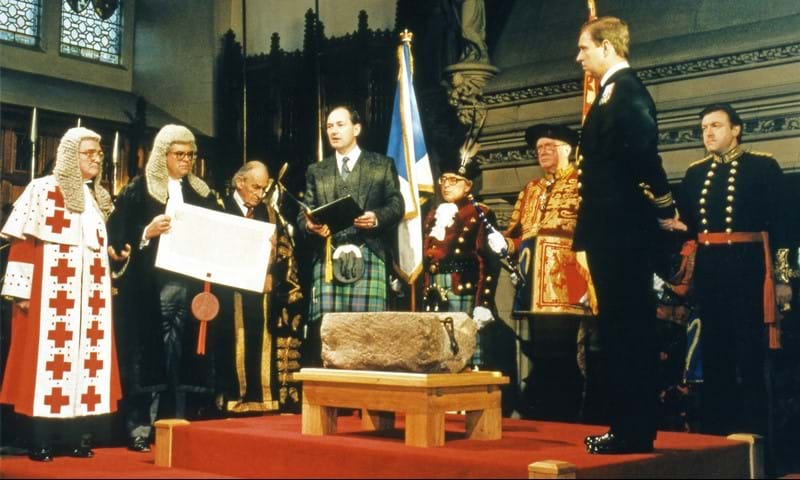 Historic Environment Scotland
Historic Environment ScotlandWhile the theft was described as a “vulgar act of vandalism” at parliament, ministers decided it not to be in the public interest to prosecute the students.
It was found months later, 500 miles away, at the high altar of Arbroath Abbey – where the assertion of Scottish nationhood was made in the Declaration of Arbroath in 1320.
The Stone was returned to Westminster Abbey in February 1952 and eventually came back to Scotland on St Andrew’s Day in 1996.
Mr Hamilton wrote a book about the heist, The Taking of the Stone of Destiny, which was made into a film called Stone of Destiny in 2008.
Gavin Vernon, an engineer who worked in countries including Canada and Saudi Arabia, died in 2004.
Teacher, Gaelic scholar and political activist Kaye Matheson died in 2013. Alan Stuart, who became an accomplished businessman, died in 2019.
What is the significance of the Stone of Destiny?
The Stone of Destiny, which is described as being coarse-grained, pinkish buff sandstone, is seen as a historic symbol of Scotland’s monarchy.
It had been used in the coronation of Scottish monarchs for centuries at Scone Palace, but was taken in 1296 by Edward I during the Wars of Independence and built into a throne.
It was present when Elizabeth II was crowned at the Abbey in 1953.
Where is it now?
The stone is currently at Edinburgh Castle with the Crown Jewels – however, urban legend has is that the stone handed back was a fake and that the real stone was hidden in the Arlington pub in Glasgow, where the students regularly met.
The Stone of Destiny will be temporarily relocated from Scotland to London for the coronation of King Charles III.
In November 2020, First Minister Nicola Sturgeon announced plans to relocate the stone to Perth in 2024.
Follow STV News on WhatsApp
Scan the QR code on your mobile device for all the latest news from around the country


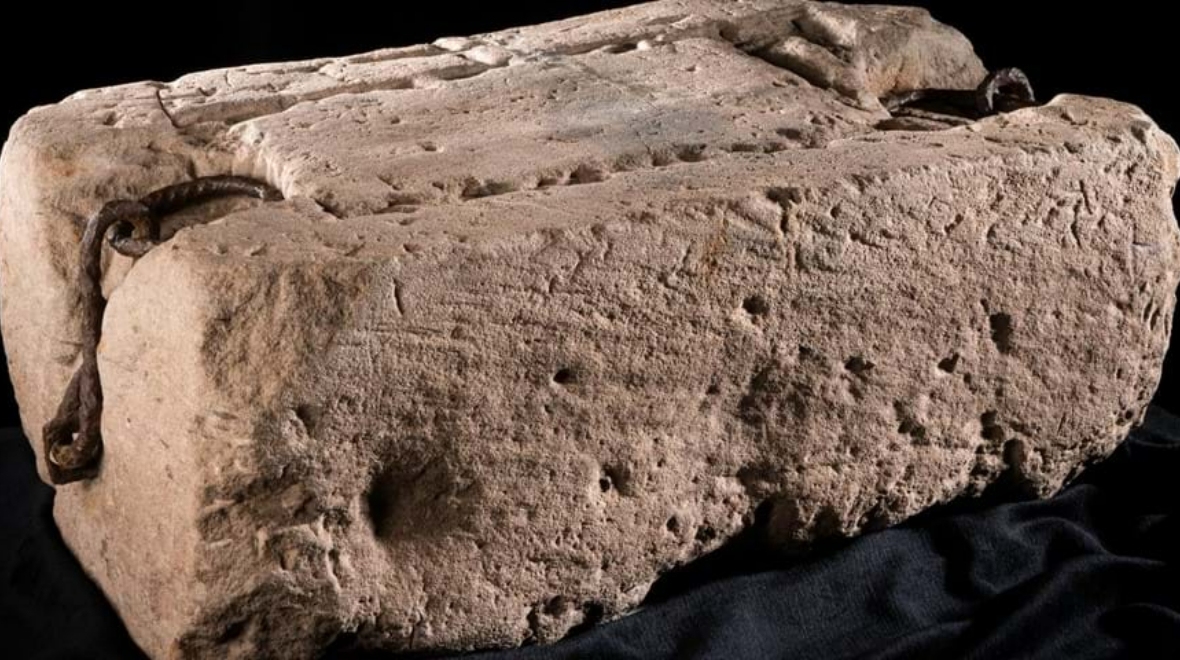 Historic Environment Scotland
Historic Environment Scotland
